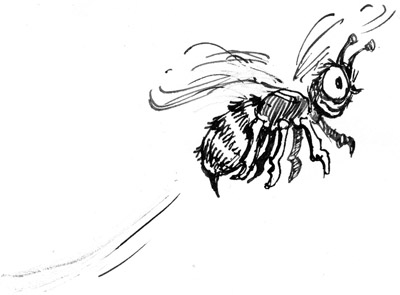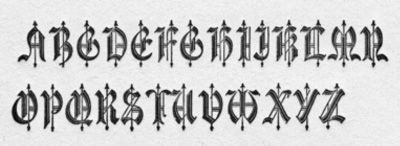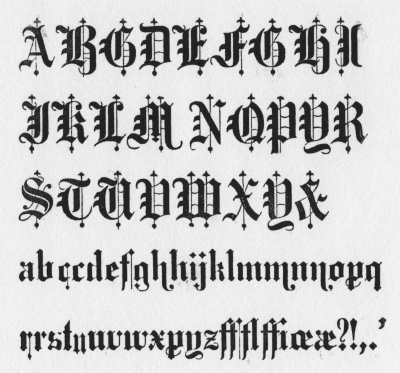Book Design
It has been said that the most distinctive typographic feature of a book is the title page. Today, while the design of the title page is no less important than before, the most potent and attractive feature of a modern book is its cover. Therefore close attention is paid to the choice of imagery, colour and distinctive typography. The samples shown are cover designs for different kinds of book, designed as both paperbacks and hardbacks and in landscape or portrait formats and differing sizes depending on the nature of the manuscript material.
Page layout, margins, choice of font, sizes of type, the scale and placement of photographs, illustrations, maps and charts all require close attention to get optimum results. Sample pages, maps and illustrations
The choice of paper a book is printed on is also vital to the appearance and ‘feel’ of a publication. The colour, weight, texture and even the smell of the paper can conjure up pleasant associations in a customer’s mind. Therefore every decision is critical in producing a book that will appeal.
Illustration
Choosing illustrations to complement subject matter is of prime importance. Similarly, scanning and preparing photographs for print requires skill and judgement. Computer software such as Photoshop makes it possible to create new images, modify existing ones and adjust, correct, restore and enhance photographs. Whether traditional illustration tools such as pen and ink, watercolour, oil and acrylic paint or electronically generated images are used, however, a skilled and experienced eye will make all the difference in the creation of a polished and professional final product.





